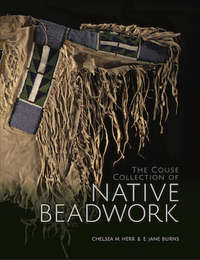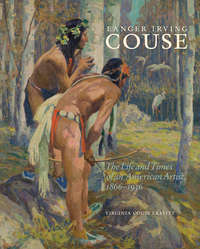 |
 |
 |
 menu »
menu »

We thank all who attended the June 27-28 events to celebrate the opening of Sun Brothers with the artists, and especially those who participated in the draw sale and auction! The exhibition will be on view at Couse-Sharp Historic Site and SunBrothersTaos.org through November 15. Two of the works are still on sale, and exhibition catalogs and posters are available.

Our beautiful exhibition and sale of curated local artwork will appear online through the summer at QUEVIVATAOS.ORG/GALLERY. The fascinating history and art exhibition (including contemporary art for sale) Timeless Turns: The Legacy of Tío Vivo is on view in the Luna Chapel at Couse-Sharp Historic Site through November 1.

Our 2+ acre campus in the heart of Taos’ central historic district features the former homes and studios of E. I. Couse and J. H. Sharp, two of the American-born, European-trained artists who formed the TSA in 1915.
Visitors are astonished that such a well-preserved—and charming—complex of period buildings, gardens, furnishings, and associated art collections still exists. Engineering enthusiasts can see a 1936 laboratory and machine shop plus a Kibbey Couse-invented mobile machine shop used in World War II. Our latest addition is The Lunder Research Center, a beautiful state-of-the-art research and museum facility dedicated to the early Taos art colony and the TSA.
We invite you to peruse our website to get a feel for the amazing range of history, culture, architecture, science, and art at the Couse-Sharp Historic Site.
Through its archives, collections, and programming, the Couse-Sharp Historic Site preserves and interprets Taos’ crossroads of cultures, promoting and facilitating research, education, and new perspectives on the Taos Society of Artists, early artists of Taos, and regional and Indigenous communities in relation to the greater story of the multicultural American West.
Couse-Sharp Historic Site is closed for the following holidays: New Year's Eve, New Year's Day, Martin Luther King Jr. Day, President’s Day, Memorial Day, US Independence Day, Labor Day, San Geronimo Feast Day, Thanksgiving Day weekend, Christmas Eve, Christmas Day, and Boxing Day. Check here on our homepage for additional periodic closures, such as for our biennial gala and similar events.
Legacy in Line: The Art of Gene Kloss, open in The Lunder Research Center Tue–Sat 1–5 p.m. except major holidays.